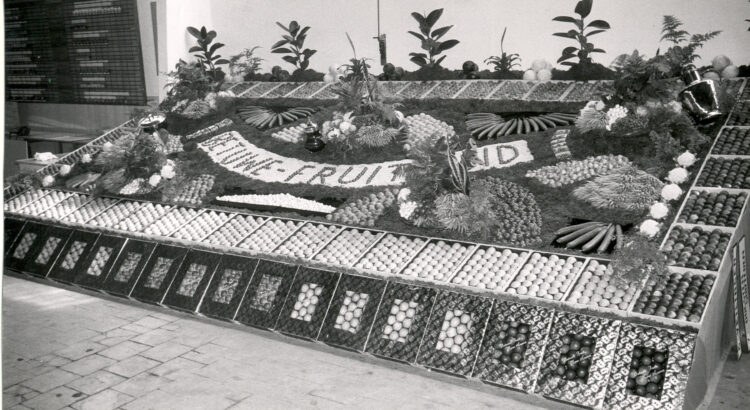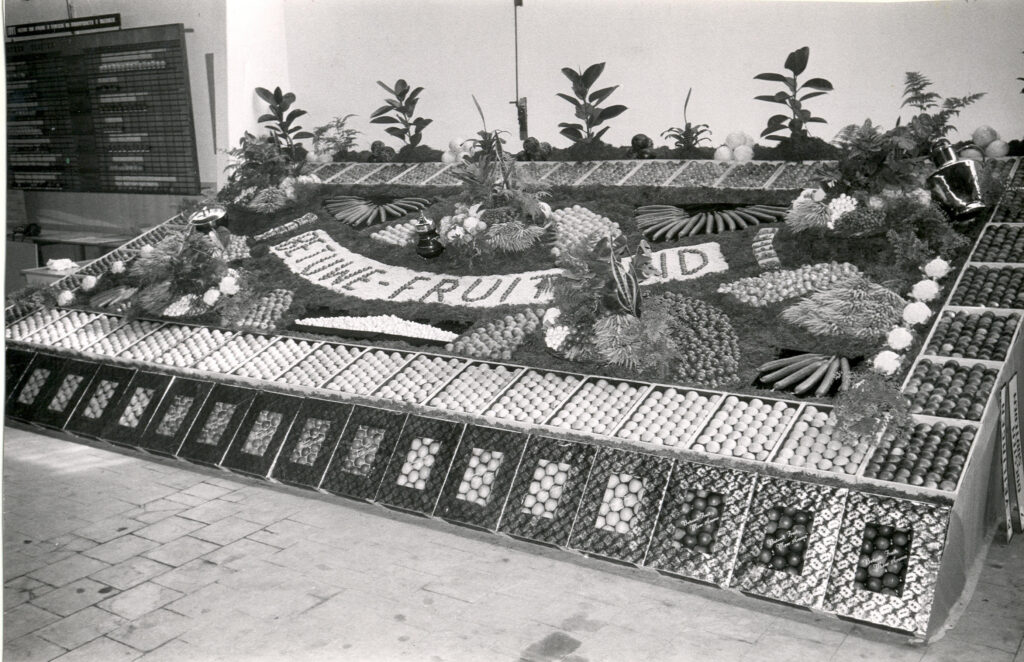
I remember growing up in Buren, a small village known for nothing but the fact that William of Orange was once married there. Little did I know back then, that the region I come from, is nationally known for its fruit cultivation. Surely one of the main jobs you could get as a 15-year-old was berry picking, and we had the Fruitcorso and Appelpop yearly, but only recently have I come to understand the cultural significance of fruit in this area of the Netherlands.
The Betuwe, history and geography
The Betuwe encompasses the area between current Nijmegen and Gorinchem. The specific focus in this paper on the area of Tiel, the so called “capital” of the Betuwe. The first signs of fruit cultivation have recently been discovered, when archeologists found apples of approximately 6000 years old. After this time, I discovered, whilst going to the Flipje en Streekmuseum, the ancient Romans grew cherries, pears and apples in this area. Ever since, the Betuwe has become a known phrase, known for its fertile river clay ground, due to its location between the Waal, Nederrijn and the Lek river. This makes it ideal for cultivating fruit. As early as the 17th century, people called it the “Gemeyne appelkelder van Holland en Friesland”, which translates to the general apple basement of Friesland and Holland. How then, is regional identity formed by the ability to grow fruit in this area? One of the most important factors is the amount of agriculture in combination with technological advancements since the 19th century. With its new nickname: De Fruittuin van Nederland (The Dutch fruit garden) , it grew out to be the largest producer of apples in the Netherlands. In Tiel, the first fruit markets and corporations start to form. This ensures jobs and the possibility of outselling regional products. The fruit is being sold at large scale auctions, and the products from cattle are being produced in upcoming factories. On this way, more and more people got engaged with the process of agriculture in this area.
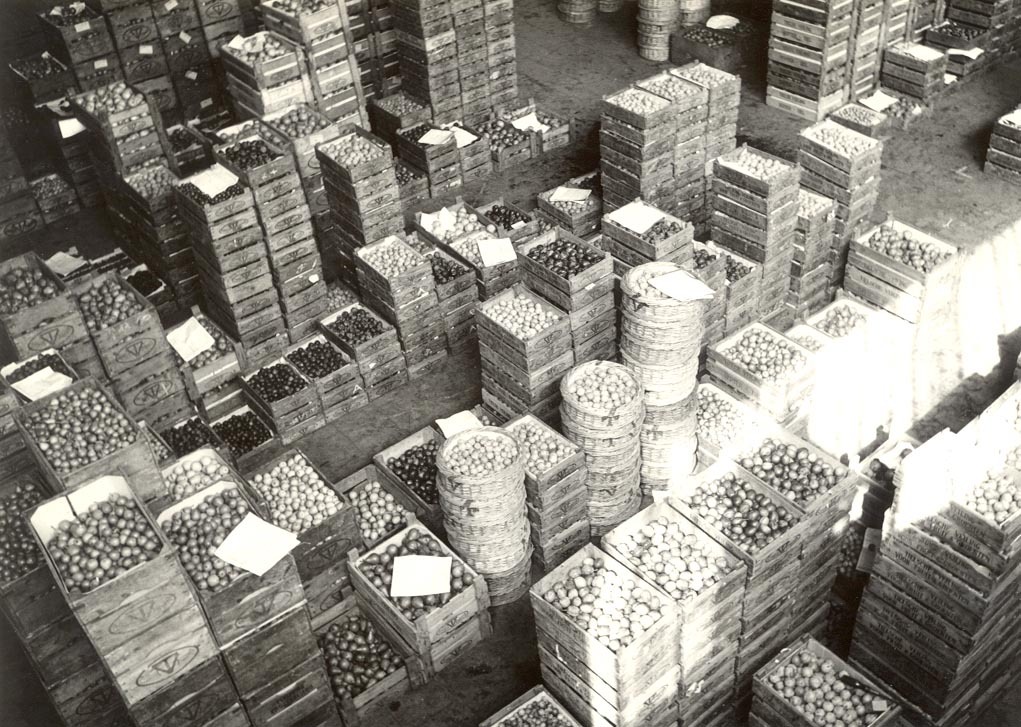
Fruit cultivation in the 20th century
One only needs to cycle or drive a few kilometres through the area of the Betuwe and can’t get around the enormous amounts of fruit trees. The fruit cultivation before the Second World War was more intense since it was less optimized. Many different agricultural developments in the 20th century ensure a vastly different fruit process. The high-stemmed fruit trees are being replaced by short -stemmed trees and the introduction and change of pesticides emerges. In the Flipje and Streekmuseum I found a quote: “Vroeger keken we nergens naar. Je spoot er maar op los. De middelen die we gebruikten waren DDT, kwik en koper, die doodden alles.” During this century, of course, this use of pesticides was changed. Currently, most pesticides are being sprayed with care, using modern techniques of spraying on the fruits.
Maatschappij de Betuwe and Tiels Flipje
One of the most iconic employers of the Betuwe was Maatschappij de Betuwe, which was founded in 1884, when Fredericus Baesjou discovered marmalade in England. The factory started to produce jam and juice from local fruits. The jam is being made in large cooking kettles that heat up by using steam. They used pectin and sugar to ensure the right consistency and flavor.
Eventually more and more competition starts to emerge around the 1930’s. In 1935, therefore, Flipje, the mascot of the factory is invented. With fruit being the main component of this characters looks, Flipje becomes a national celebrity due to merchandise from the factory. Even after the factory closes in the nineties, Flipje became the symbol and the mascot of the city of Tiel itself.
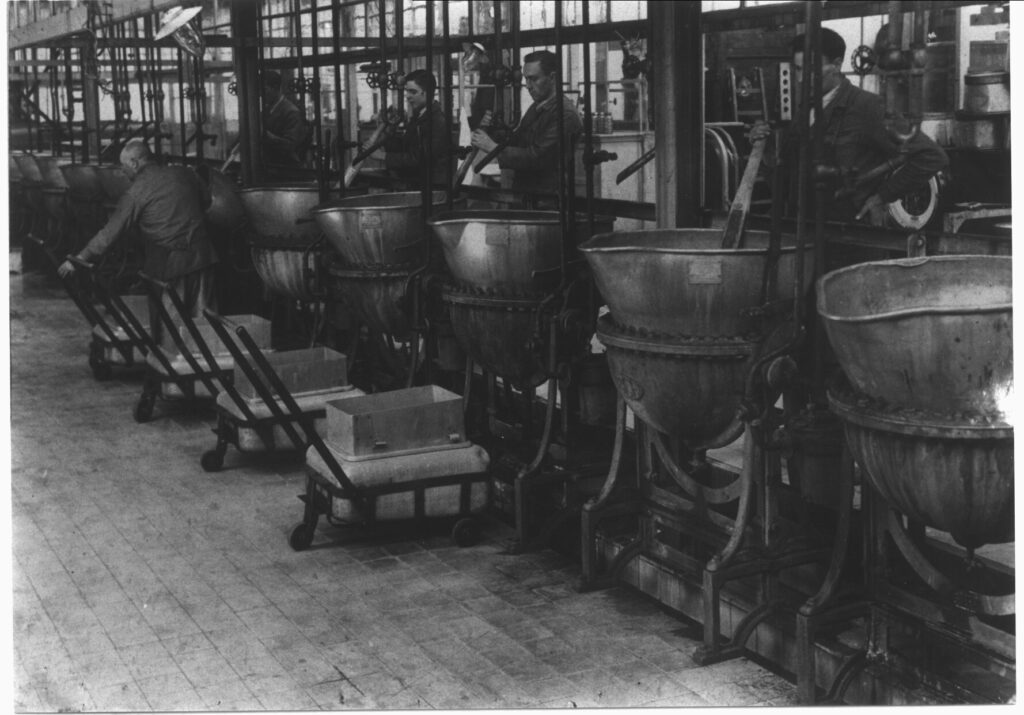
Traditions surrounding fruit
Flipje and fruit come together during a few traditions in Tiel as well, showing their lasting impact. In 1961, the first official version of the Betuws Fruitcorso was being organized. This was, and still is, a large parade where many of the surrounding cities of the Betuwe could get a cart to decorate with fruit and would show it to the visitors of the parade. In 1966, another element was added in the form of fruit mosaic, which was and still is presented on the city walls as anticipation for the event. In the nineties, the Fruitcorso gained Appelpop, which was a free festival linked to the fruity character of the city. Nowadays, these are two separate events, but they used to be a tradition of one weekend per year fully in theme. Due to its growth over the years, Appelpop and Fruitcorso have become separated events, with both being well visited.
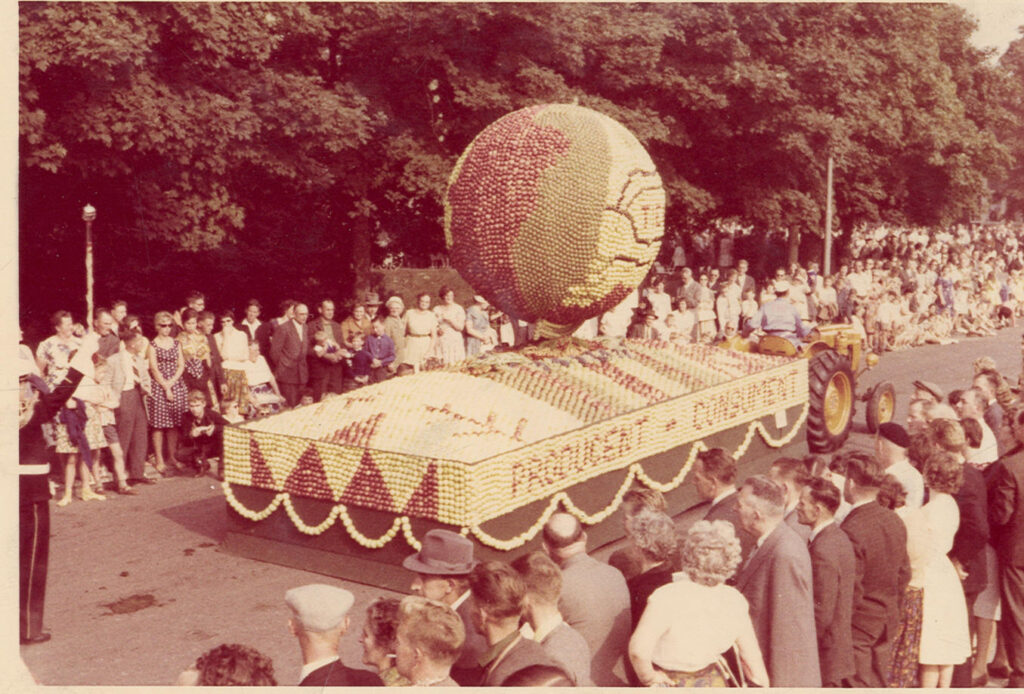
Nowadays…
A combination of the agricultural sector being widely present, the geographical location that offers much possibilities in this sector, and the invented traditions surrounding fruit makes it an important part of the Betuwse identity. I noticed this whilst doing research, and accidently choosing the date on which the Fruitcorso itself was being held. The city stood full of people, the street lanterns and restaurants were decorated with apples, and the statue of Flipje was being photographed every few seconds. The tradition of fruit lives on, making the people from this area hopefully healthy. An apple a day, is supposed to keep the doctor away after all.
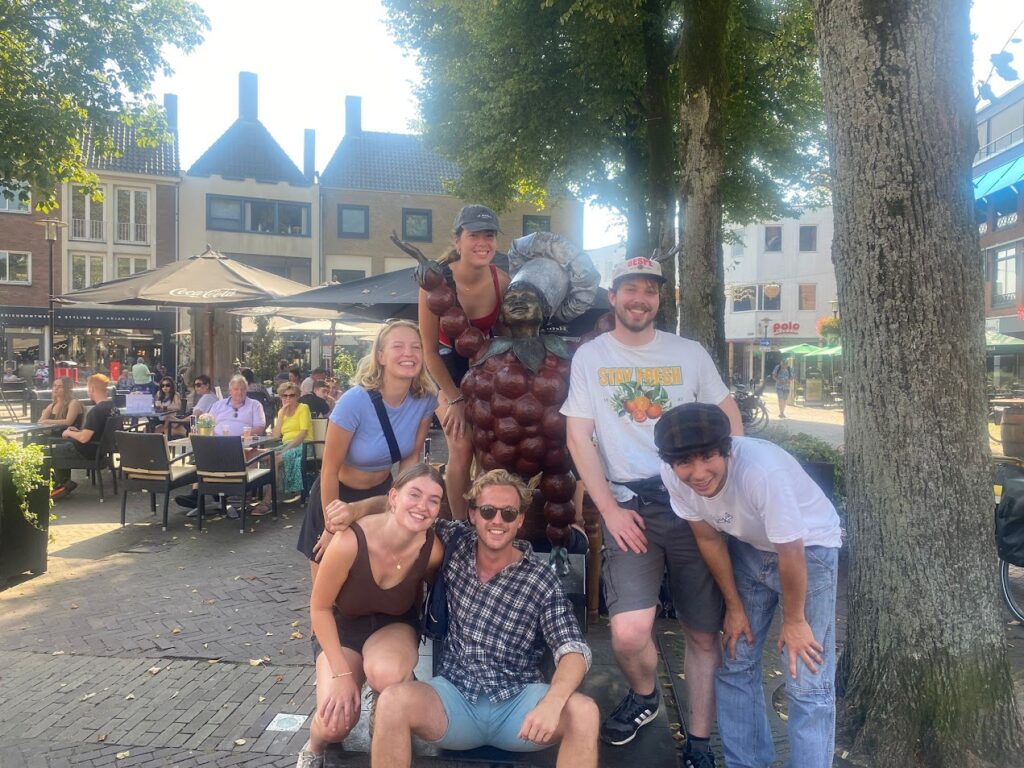
Written by Tristan Hofkes
